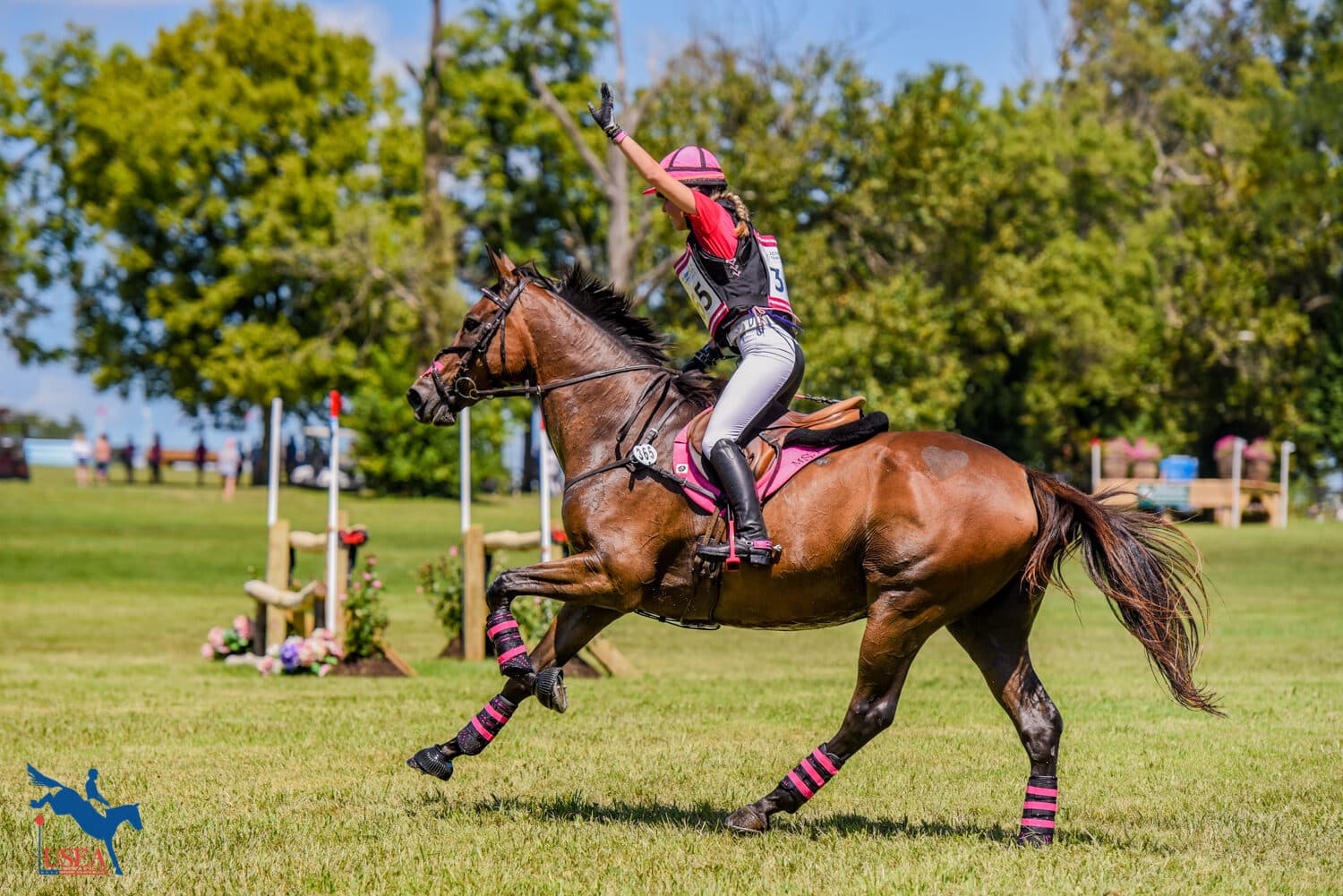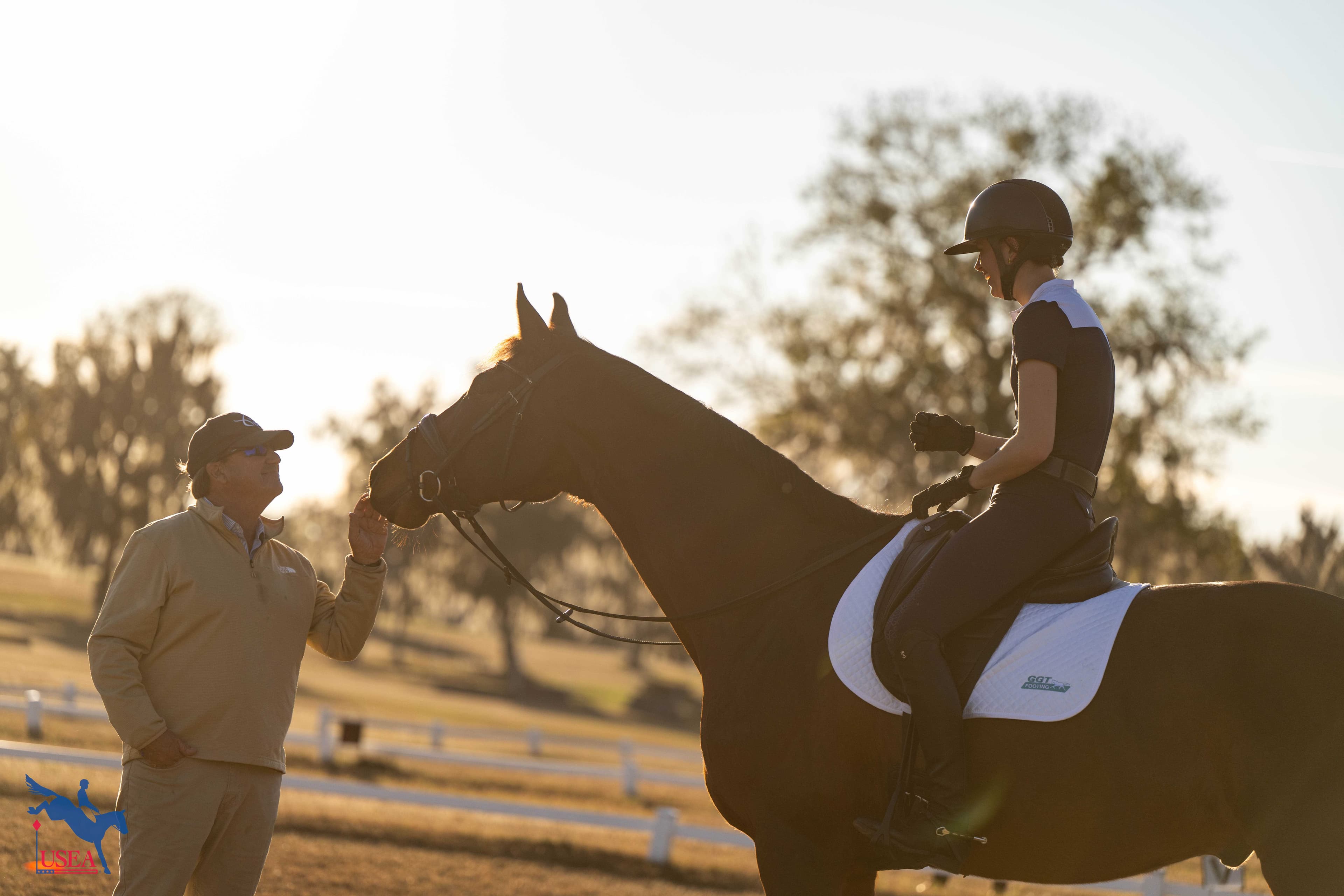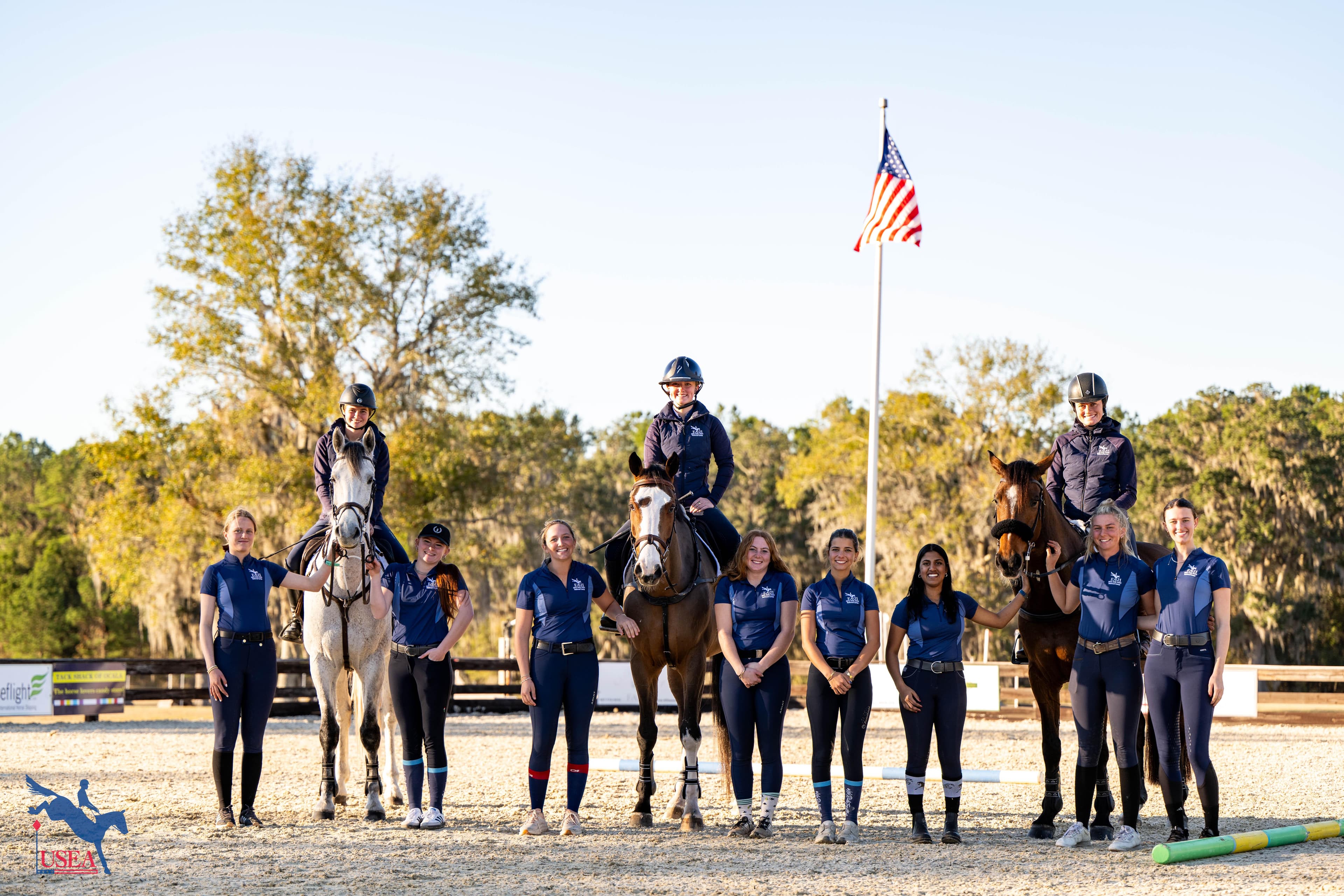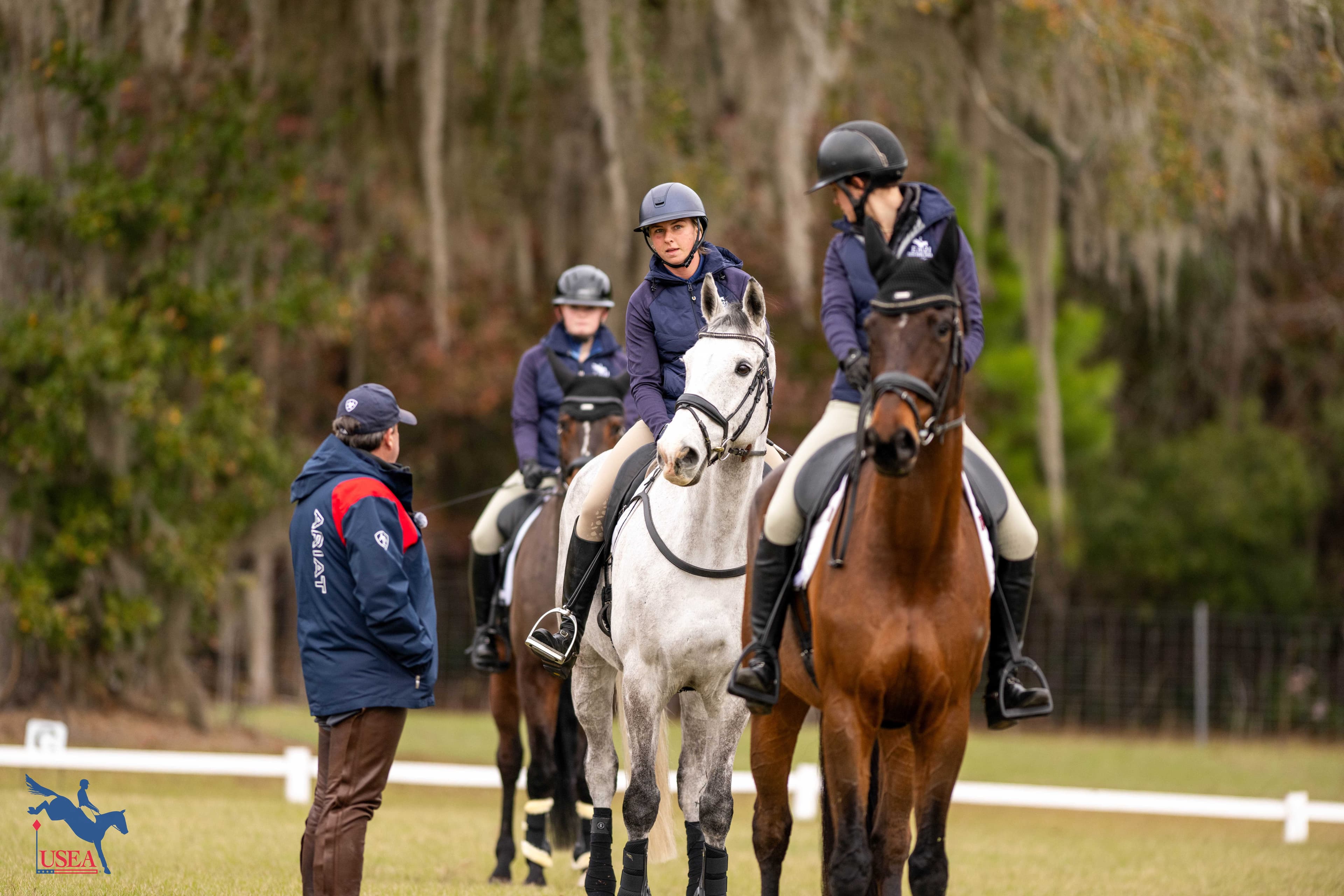Step-by-Step Guide: How to Organize an IEL Team Challenge

The new USEA Interscholastic Eventing League (IEL) is in its first year, and the 2021 calendar has an impressive total of 47 events hosting an IEL team challenge. With many IEL members aiming to compete in events that only host a team challenge, an organizer needs to be fully prepared for what to expect.
There are 26 team challenges that have yet to occur, and the USEA would like to remind organizers and competitors of several steps and tips on how to have a successful IEL team challenge. Please note these steps are not all-encompassing but aim to provide a general framework for first-time IEL organizers.
Step 1: Preparation
Read the IEL Guidelines. These guidelines provide an overview of the program and have an organizer guide on page 3.
Please be familiar with knowing the differences between IEL and the USEA Intercollegiate Eventing Program. The IEL team challenges and Intercollegiate team challenges are run in a similar format but are two separate programs of the USEA. IEL is designated for junior members in the 7th through 12th grade, and the USEA Intercollegiate Eventing Program is designated for collegiate members who are enrolled in a college or university.
For competitors wanting to compete in an IEL team challenge, you must be a current member of the USEA.
Step 2: Sign Up Your Event
After reviewing the guidelines and deciding to host an IEL team challenge, it’s time to get the event on the 2021 IEL Team Challenge Calendar. There is no registration fee associated with hosting a team challenge, and to get the event listed on the calendar, please email [email protected].
If you are not the show organizer, please always confirm with the show organizer first before signing up the event.
Step 3: Designate an IEL Team Challenge Organizer
The USEA recommends that every IEL team challenge has a point of contact who acts as the ‘IEL team challenge organizer’ and is willing to organize teams, tabulate scores, and handle awards. This can be the show organizer, secretary, an IEL team representative, or anyone trusted by the event staff.
Please make sure to have this point of contact listed in the omnibus listing.
Chris Donovan, the IEL Task Force Chair, has helped organize over eight team challenges and she recommended, "posting on the organizer's page the IEL contact for team representatives to communicate with. This will take the burden off the show secretary."
Step 4: IEL Competitor Sign Up
In addition to entering the horse trial, IEL competitors should sign up for the IEL team challenge separately (this is why it is crucial to have a point of contact listed on the omnibus listing).
IEL competitors or the IEL team representative should sign up for the team challenge by emailing the point of contact. The email should include the team’s name, the team members, the level(s) competing, and the horses being ridden. If a contact is not listed in the omnibus, IEL competitors should email the show organizer to sign up.
Step 5: Organize the Teams
Teams should be organized before the competition starts and stay the same throughout the entirety of the competition.
Teams can consist of either three or four riders. Four-member teams may utilize a “drop score”; three-member teams may not do so. Individual riders representing their IEL team are greatly encouraged to participate by joining a ‘scramble’ team.
Any IEL team that is registered with the USEA may field multiple teams at team challenges. For example, if a team has six riders entered in the event, they can sign up two three-member teams.
Donovan shared, "many times an Affiliate doesn't have enough to make up a team, consider proactively encouraging scramble teams. Pre-event team communication takes about two hours of emailing over the week of the event to confirm all the requests, remove scratches, and confirm the day of event that all teams have 3 or 4 people."
Step 6: Scoring
There are no official requirements for scoring. However, the USEA encourages all host venues to utilize the same scoring guidelines used in the USEA Intercollegiate Program.
The scoring template can be found here. To set up the scoring template, an organizer should upload the teams, the individual scores of each rider, and the level factor (aka coefficients) listed below. Once that information is plugged in, the excel template should automatically tabulate the team scores and placings.
When plugging in the level factor, please use the numbers below for each level.
- Beginner Novice: 1
- Novice: .99
- Training: 0.95
- Modified: 0.9
- Preliminary: 0.85
- Intermediate: 0.75
- CCI1* (new): 0.85
- CCI2*-S: 0.8
- CCI2*-L: 0.75
- CCI3*-S: 0.70
"Scoring can be done remotely by entering the values from the live scoring system into the excel spreadsheet template. [The] total time commitment is two hours to do scoring," said Donovan.
"Remember to thank the organizer and the scorer even if you manually scored on the excel spreadsheet yourself. A simple heartfelt thank you is always appreciated."
Step 7: Awards
Awards and prizes are not required, but organizers are encouraged to classify separately and award ribbons for the IEL team challenge competitors.
If the event is interested in hosting a separate IEL awards ceremony, the ceremony should be held at the end of the competition after the scores have been finalized. This awards ceremony can be unmounted or mounted.
"In Area II, we usually have 4-10 scramble teams participating in the IEL team challenges. Hodges Badge Company has the IEL logo on their site that you can use for the ribbon center or on the streamer. Most events are pinning just the top 3 teams, feel free to go further if you want! The total cost is about $40 for ribbons," said Donovan.
Step 8: Publish the Results
After the IEL team challenge has taken place and the scores are final, please send the results to [email protected] to be published on the USEA website.
The results from 2021 can be found here: 2021 IEL Team Challenge Results.
Final Step: Have fun!
"Team pride adds dynamic positive electricity to an event with friendly rivalry between barns, trainers, pony clubs, and young rider programs. Encouraging the announcer to make a few statements throughout the day regarding team standings also helps promote IEL. Feel free to reach out to discuss how to grow IEL in your area," said Donovan.
The USEA would like to thank all IEL organizers and IEL competitors for supporting this exciting new program! For any questions, please contact the USEA staff liaison, Claire Kelley, at [email protected].
Reminder: Are you interested in having your IEL team featured on the USEA website? Please click here for more details.
About the USEA Interscholastic Eventing League
In August 2020, the USEA Board of Governors approved the creation of the USEA Interscholastic Eventing League (IEL) as an official program of the USEA. The mission of IEL is to bring together junior riders who are in the 7-12th grade and provide a supportive community through which students can continue to pursue their riding interests. A group of junior members in the 7th-12th grade who share a common bond (same barn, same school, same Pony Club, etc.) register with the USEA as an interscholastic team. Click here to learn more about the Interscholastic Eventing League.














